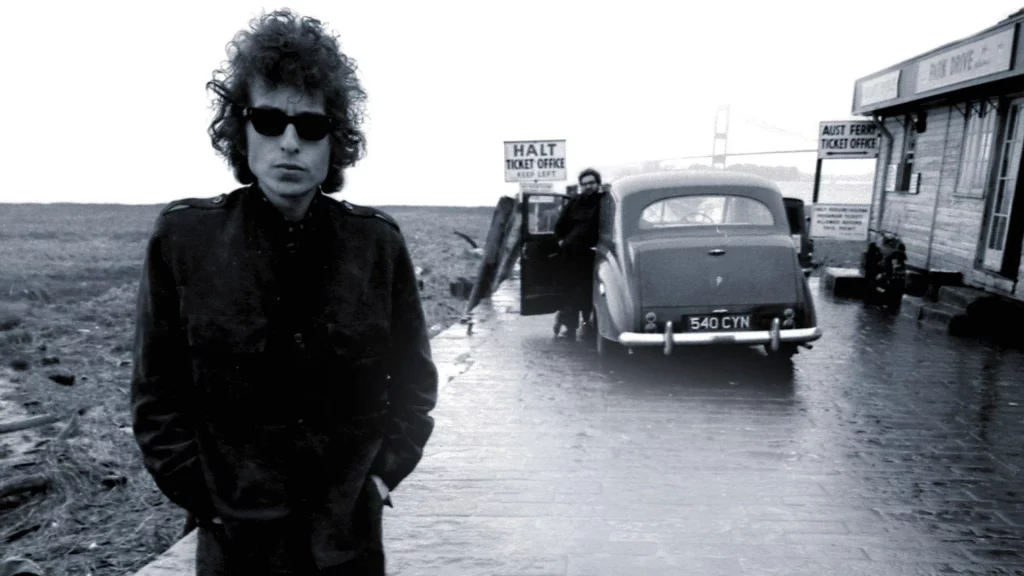One of the best songwriters and poets of the 20th century is considered to be Bob Dylan. He was born in Minnesota in 1941, and in the early 1960s, he started performing folk music in New York City’s Greenwich Village. His songs, which frequently addressed social and political themes, swiftly grew in popularity and contributed to the definition of a generation. Dylan is renowned for his literary songs, which use imagery, metaphor, and reference to communicate difficult concepts and feelings. For his contributions to music and literature, he has received a number of awards, including the 2016 Nobel Prize for Literature.
When it comes to songwriting, Bob Dylan is unquestionably at the top. He is so skilled at his art that he has shown on his own that you don’t need to be very talented in other areas if you’re a superb pop music songwriter. Although Dylan’s singing and guitar playing are both distinctive and moving, it’s in the art that comes before those elements that he truly stands out.
This makes the source of this idea much more intriguing. Who gave Dylan the key, if Dylan with his groundbreaking work unlocked the best of pop culture? Dylan was asked to choose a song or verse that has had the biggest impact on his life as part of HMV’s “My Inspiration” campaign, and in typical fashion, the Bard of the Downbeats reached back into time and appeared in front of the camera holding a modest verse by the Scottish poet Robert Burns.
The Scottish poet and lyricist, better known by his stage name Rabbie Burns, lived from 1759 to 1796. The connections between Burns and Bob are numerous despite the considerable time that has passed between them. The Scottish national poet was not only the progressive “Voice of his Nation,” but he is also renowned for his dialectal authenticity. However, he also includes a prettiness that some stiff cynics have even referred to as sentimentalism amid his sharp social critique.
But Dylan loves how his lyric, “A Red, Red Rose,” combines commonplace feelings with a profound sense of human grandeur, and he has drawn inspiration from it ever since he first came across it.
Briefly, the words affected him. He said, “The highest purpose of art is to inspire. What else can you do? What else can you do for anyone but inspire them?” Dylan picked out the first two verses, in particular, as his favorite:
O my Luve is like a red, red rose
That’s newly sprung in June;
O my Luve is like the melody
That’s sweetly played in tune.
So fair art thou, my bonnie lass,
So deep in luve am I;
And I will luve thee still, my dear,
Till a’ the seas gang dry.
Till a’ the seas gang dry, my dear,
And the rocks melt wi’ the sun;
I will love thee still, my dear,
While the sands o’ life shall run.
And fare thee weel, my only luve!
And fare thee weel awhile!
And I will come again, my luve,
Though it were ten thousand mile.
It is a straightforward story about everlasting love (luve), and it isn’t ashamed to be open about it. What else is there to wax poetic about if not the depths of love? The words, like Dylan himself, seem self-aware in their admission that they may be gushing.
Dylan hasn’t said much about his affection for Burns or “A Red, Red Rose,” but it’s possible that he came across him when he first moved to New York City, where there is a statue of Burns in Central Park, and was immersing himself in the beat cafés’ abundance of literature. During this time, he came to understand that even the most modest stories might have profound effects.
In truth, Paul McCartney chose Bob Dylan and the beautiful song “She Belongs To Me” when asked to identify his major lyrical influences as part of the HMV series. Meanwhile, Liam Gallagher chose a stanza from Oasis’ own popular song “Supersonic,” and David Bowie chose a line from Syd Barrett‘s “Gigolo Aunt.”

